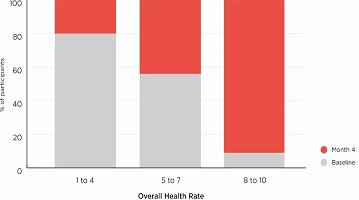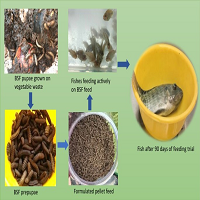Infertility is now a leading issue on the reproductive agenda. It is a widespread problem affecting an estimated 20% of all couples who are trying to conceive. The science and practice of male infertility has evolved tremendously in last few decades. Infertility may be attributable to male in as many as 50% cases. There have been many recent advances in the field. Refined techniques of molecular biology are now well integrated into investigative processes and diagnostic procedures. The evolving field of genomics, proteomics and metabolomics has the potential to radically change the methods of diagnosis, prognostication and management of infertility. The impact of genetic disorders on testicular functions is beginning to be understood. Research in genetic sequencing and processing may provide answers of many poorly understood causes of idiopathic male infertility today. This might also lead to identification of effective interventional techniques and a possible gene therapy. With observation and quantification of sperm bound antibodies, immunologic infertility is also becoming a challenge in the field of medical research. The future of stem cell treatment of infertility is probably the most exciting treatment in the horizon. Successful transplantation of spermatogonial stem cells into adults with resultant spermatogenesis is a distinct possibility in near future.
Other advances in technology have opened doors for improvement in diagnosis and therapy of infertile patients. Micromanipulation and intracytoplasmic sperm injection (ICSI) has tremendous potential of offering children to barren couples. Assessing the quality of embryo with optics, genomics and metabolomics has revolutionized the treatment further. Similarly, microsurgery for restoration of patency in patients with ductal obstruction is an evolving field with technical refinements constantly being introduced. Ultrasonography is playing an increasing role in the urologist’s quest for accurate identification of obstruction in the male ductal system. In the past, male infertility has been approached at a descriptive level. The classification is usually based in terms of the number and concentration of spermatozoa, their motility and a subjective assessment of their morphology. These criteria represent a blunt instrument for diagnosing the fertilizing potential of the male patients. It is not so much the number or appearance of the spermatozoa that we are interested in, but it is their functional competence. Anyone involved with in vitro fertilization (IVF) will testify to the fact that some patients produce samples that are normal in a descriptive sense and yet repeatedly fail to fertilise eggs in vitro, while in other patients the opposite applies. Clearly a descriptive assessment of the semen should be reinforced with a functional analysis to assess the ability of spermatozoa to perform the complex cascade of cell recognition and membrane fusion involved in fertilizing the human ovum. Deoxyribonucleic acid (DNA) fragmentation and flouroscent in situ hybridization testing are replacing some of the previously used evaluation, i.e. post coital test, sperm penetration assay, of sperm function.
Seventy percent of infertile couples seeking medical help eventually succeed in having children through a variety of medical procedures and treatments available today. With the success of these “high-tech”, high cost procedures like in vitro fertilization pre-embryo transfer (IVF-ET) and micromanipulation-intracytoplasmic sperm injection (ICSI), the evaluation of the male is often bypassed, because it is thought of as a tedious and ineffective evaluation. This approach ignores the fact that many causes of male infertility such as varicocele, ductal obstruction and infections are easily and effectively treated. In addition without a full evaluation significant diseases such as testicular cancer, pituitary tumors and neurologic disease may be overlooked. Factors like high cost, reports of an increased incidence of ovarian cancer in women who had been treated with fertility drugs in the past has led many couples to re-examine this approach.
Ideally the evaluation of the infertile male should result in the identification of the specific abnormality responsible for infertility. Although this is possible in some instances, many men demonstrate abnormal semen analysis for which no aetiology can be identified. When possible specific treatment is directed toward a specific aetiology. However both empirical therapies and assisted reproductive technologies (ART) may be of value in the absence of known aetiologic factors. It is important to remember that therapeutic donor insemination and adoption are treatment alternatives. The infertile couple should be made aware of these options with the physician playing a counselling role to avoid excessively prolonged futile treatments.







